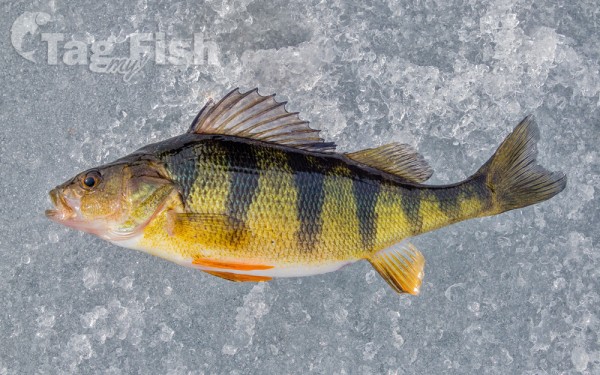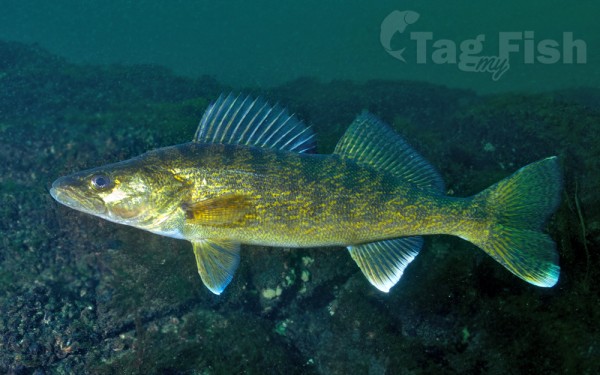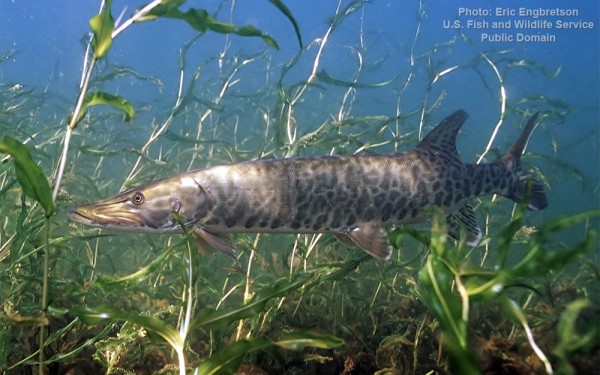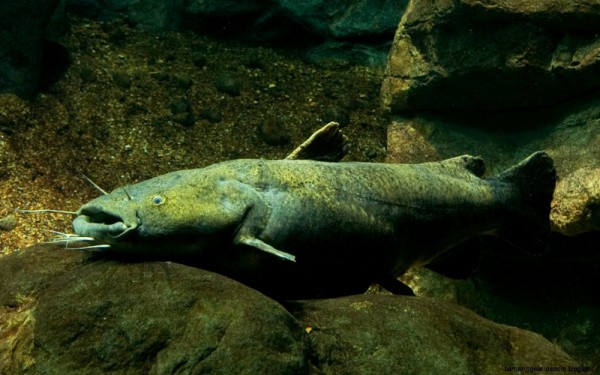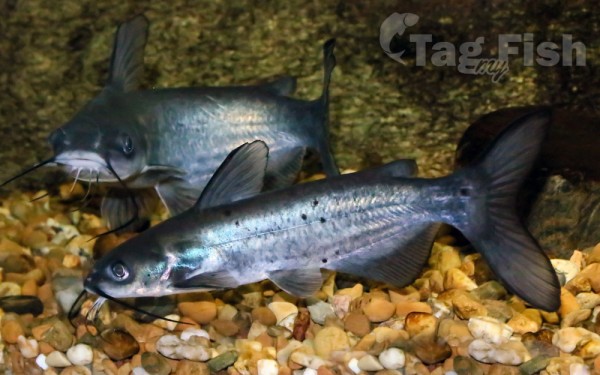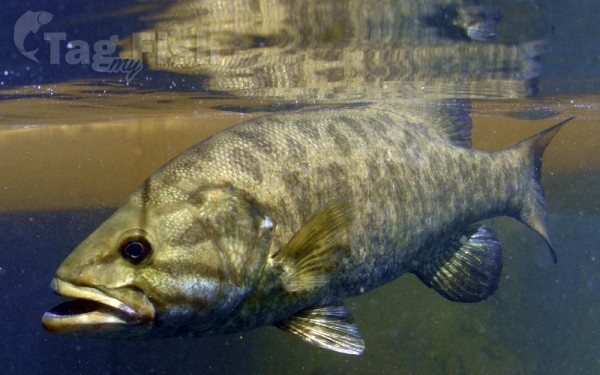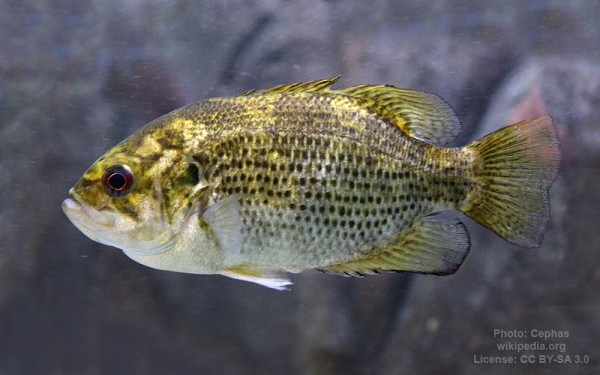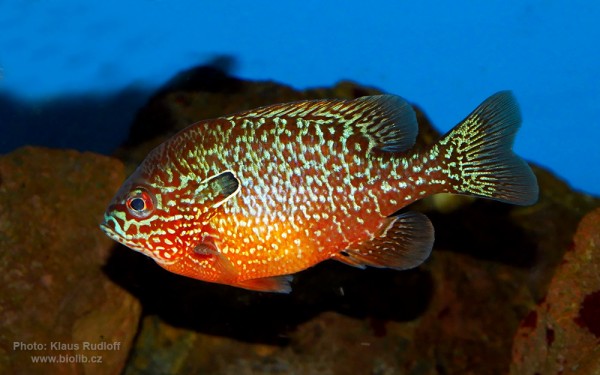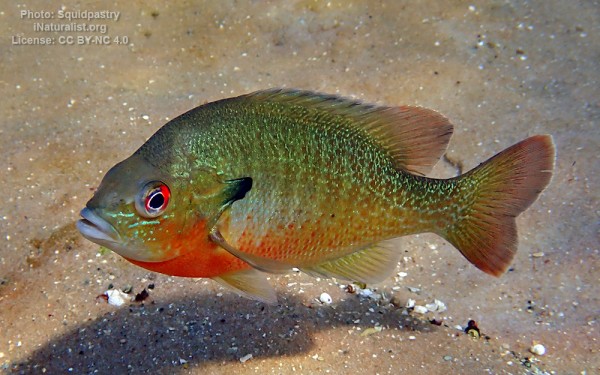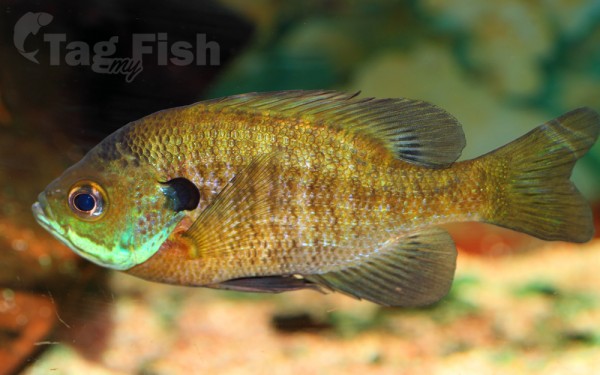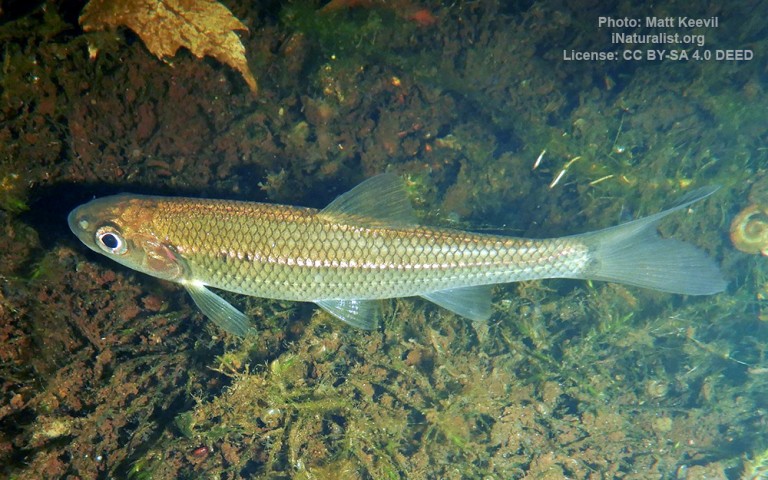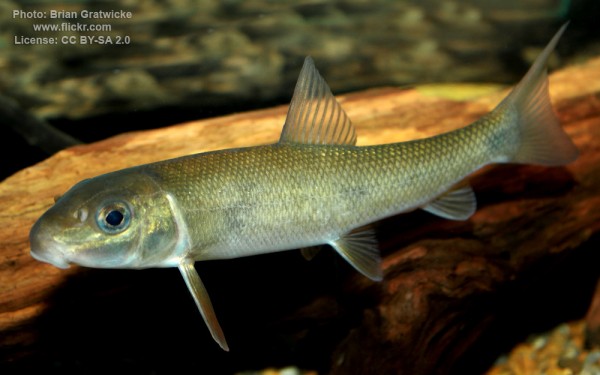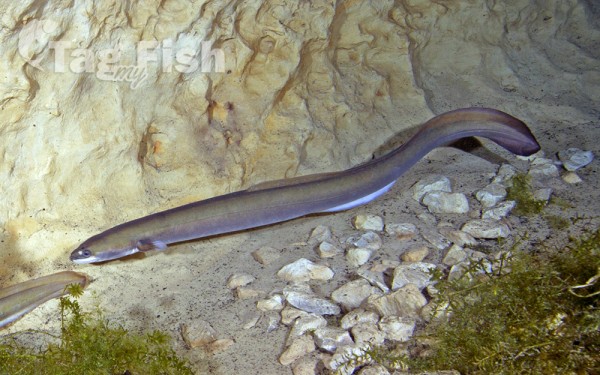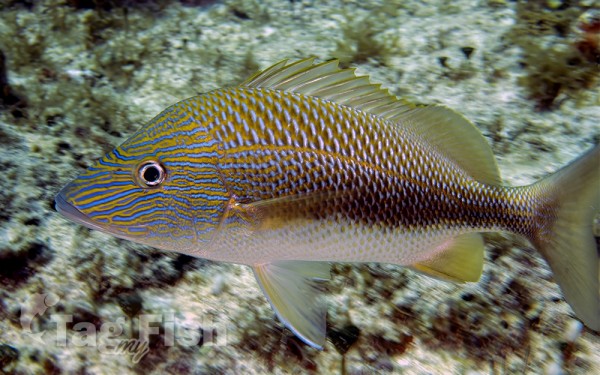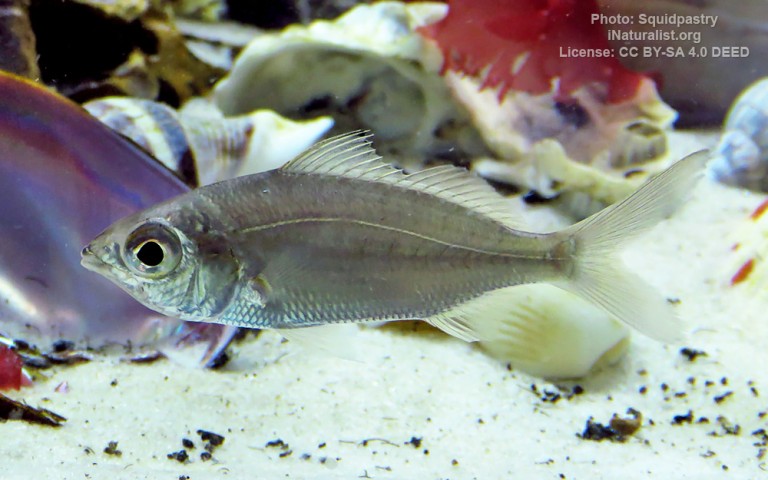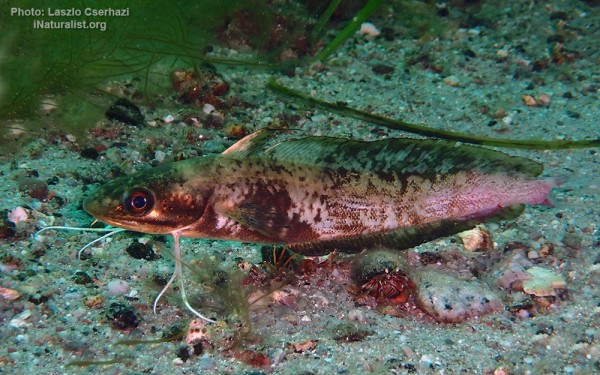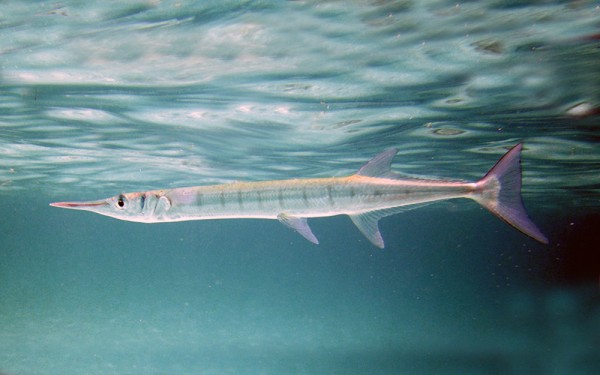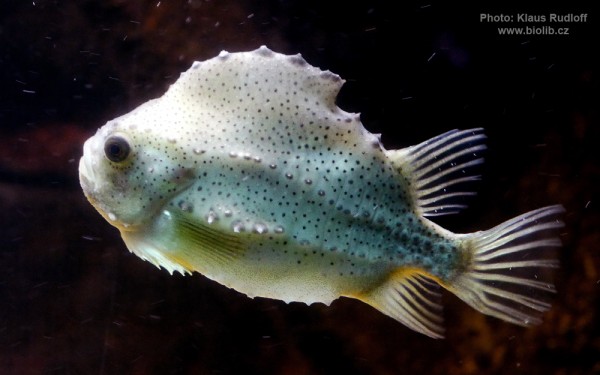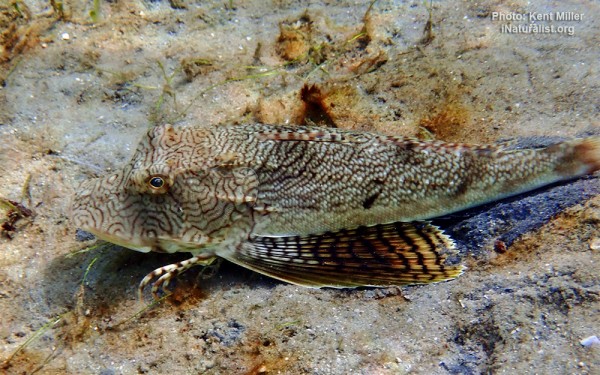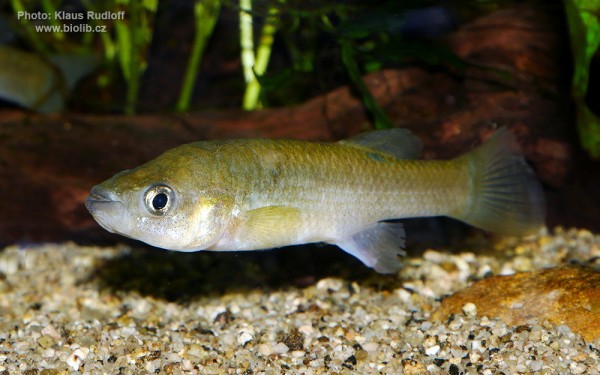Juniata River

Largest tributaries
Perciformes - Perches
Esociformes - Pikes
Siluriformes - Catfishes
Centrarchiformes - Basses and sunfishes
Cypriniformes - Carps
Anguilliformes - Eels and morays
Perciformes - Perches
Esociformes - Pikes
Siluriformes - Catfishes
Centrarchiformes - Basses and sunfishes
Cypriniformes - Carps
Anguilliformes - Eels and morays
Gadiformes - Cods
Beloniformes - Needlefishes
Scorpaeniformes - Mail-cheeked fishes
Cyprinodontiformes - Toothcarps
Perciformes - Perches
Esociformes - Pikes
Siluriformes - Catfishes
Centrarchiformes - Basses and sunfishes
Cypriniformes - Carps
Anguilliformes - Eels and morays
Gadiformes - Cods
Beloniformes - Needlefishes
Scorpaeniformes - Mail-cheeked fishes
Cyprinodontiformes - Toothcarps
The Juniata River is a tributary of the Susquehanna River, approximately 104 miles (167 km) long, in central Pennsylvania.
The river is considered scenic along much of its route, having a broad and shallow course passing through several mountain ridges and steeply lined water gaps.
The watershed of the river encompasses an area of approximately 3,400 square miles (8,800 km2), approximately one-eighth of the drainage area of the Susquehanna. Approximately two-thirds of the watershed is forested.
It is the second largest tributary of the Susquehanna after the West Branch Susquehanna.
The river is a popular destination for recreational canoeing and fly fishing, in particular for smallmouth bass and channel catfish suited to the river’s gentle course. The muskellunge was introduced as predatory sport fish and is now a prized catch. Attempts are underway by the state to reintroduce the once-prevalent American shad, which went into decline largely because of dams on the river. Walleye is another game fish prevalent in the Juniata River.

